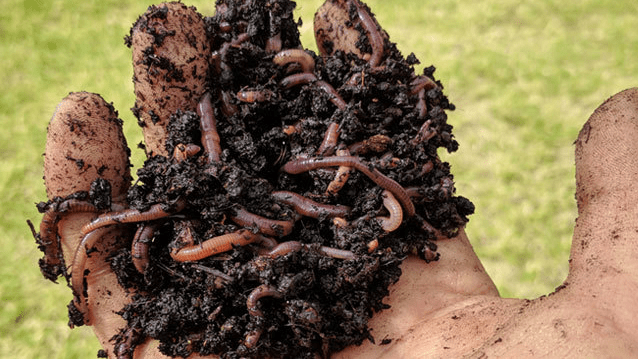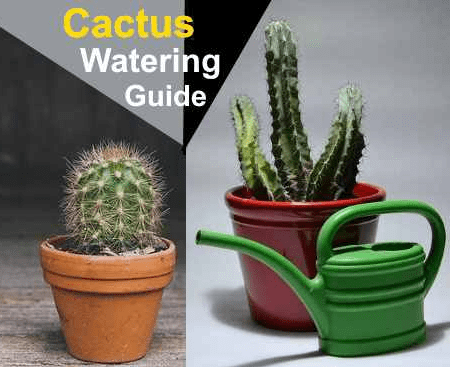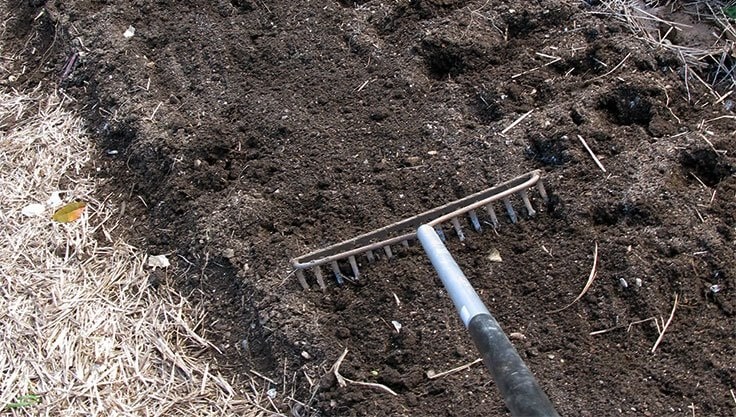Not all hydrangeas can withstand frost. Here’s which types need protection and how to help them survive winter.
Contents
Which Hydrangeas Need Winter Protection?
If you have older hydrangeas in your garden, you usually don’t need to worry much about winter protection. Panicle hydrangeas (Hydrangea paniculata) and smooth hydrangeas (Hydrangea arborescens) are particularly hardy and often require no extra care. However, if they were recently planted, some winter protection in the first few years is beneficial.
Some hydrangeas are now bred specifically as houseplants, where winter hardiness doesn’t matter. But even in gardens, certain varieties appreciate extra protection in colder regions. The most sensitive types include:
- Bigleaf hydrangeas (Hydrangea macrophylla)
- Velvet hydrangeas (Hydrangea aspera)
- Oakleaf hydrangeas (Hydrangea quercifolia)
Overwintering Hydrangeas in the Garden
To help your garden hydrangeas survive winter, follow these steps:
✅ Use mulch – A thick layer of leaves, bark mulch, or brushwood protects roots from frost.
✅ Wrap sensitive plants – Cover delicate varieties with fleece, burlap sacks, or pine branches to prevent frost damage.
✅ Protect young plants – Newly planted or young hydrangeas need extra care in their first winter.
Tip: Young hydrangeas are best protected with fleece or burlap and an insulating mulch layer.
Overwintering Potted Hydrangeas
Container plants are more vulnerable to frost because their roots freeze faster. Here’s how to protect them:
Insulate the pot – Wrap the container in bubble wrap or burlap.
Choose a sheltered spot – Place them in a wind-protected corner near a house wall or in a cool, frost-free room.
Water occasionally – Hydrangeas still need water in winter, but only when temperatures are above freezing.
Common Winter Care Mistakes to Avoid
Wrong pruning – Some hydrangeas bloom on old wood, so improper pruning can prevent next year’s flowers.
Late frost damage – Early-blooming varieties can suffer from late frost; cover them with fleece to protect new growth.
Overwatering – Excess moisture leads to root rot. Water sparingly in winter.
With proper care—mulching, fleece wrapping, or insulating pots—your hydrangeas will survive winter unharmed and bloom beautifully in spring.
Native Alternatives to Hydrangeas
Hydrangeas are not native to Germany and offer little ecological benefit. If you have space, consider planting native alternatives instead. Some gardeners even remove non-native plants entirely. Here are some wildlife-friendly shrubs that resemble hydrangeas:
Guelder rose (Viburnum opulus) – White flower clusters similar to hydrangeas, plus red berries for birds.
Common dogwood (Cornus sanguinea) – Creamy white spring flowers and striking red winter stems.
Wayfaring tree (Viburnum lantana) – Attracts bees and butterflies with hydrangea-like blooms.
Black elderberry (Sambucus nigra) – Large white flower clusters and edible berries.
Dog rose (Rosa canina) – Long blooming period and rosehips for wildlife.
Meadowsweet (Filipendula ulmaria) – Foamy flower plumes that attract pollinators.
By choosing native shrubs, you create a colorful garden while supporting local biodiversity. Plus, these plants are reliably winter-hardy!
Would you like more tips on winter plant care? Let us know in the comments!









